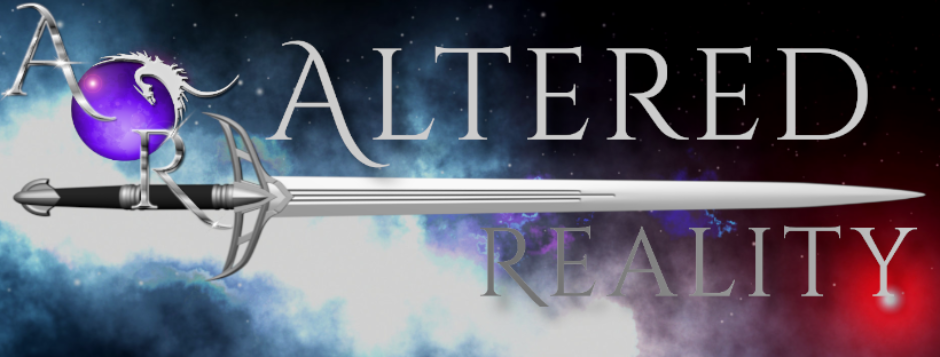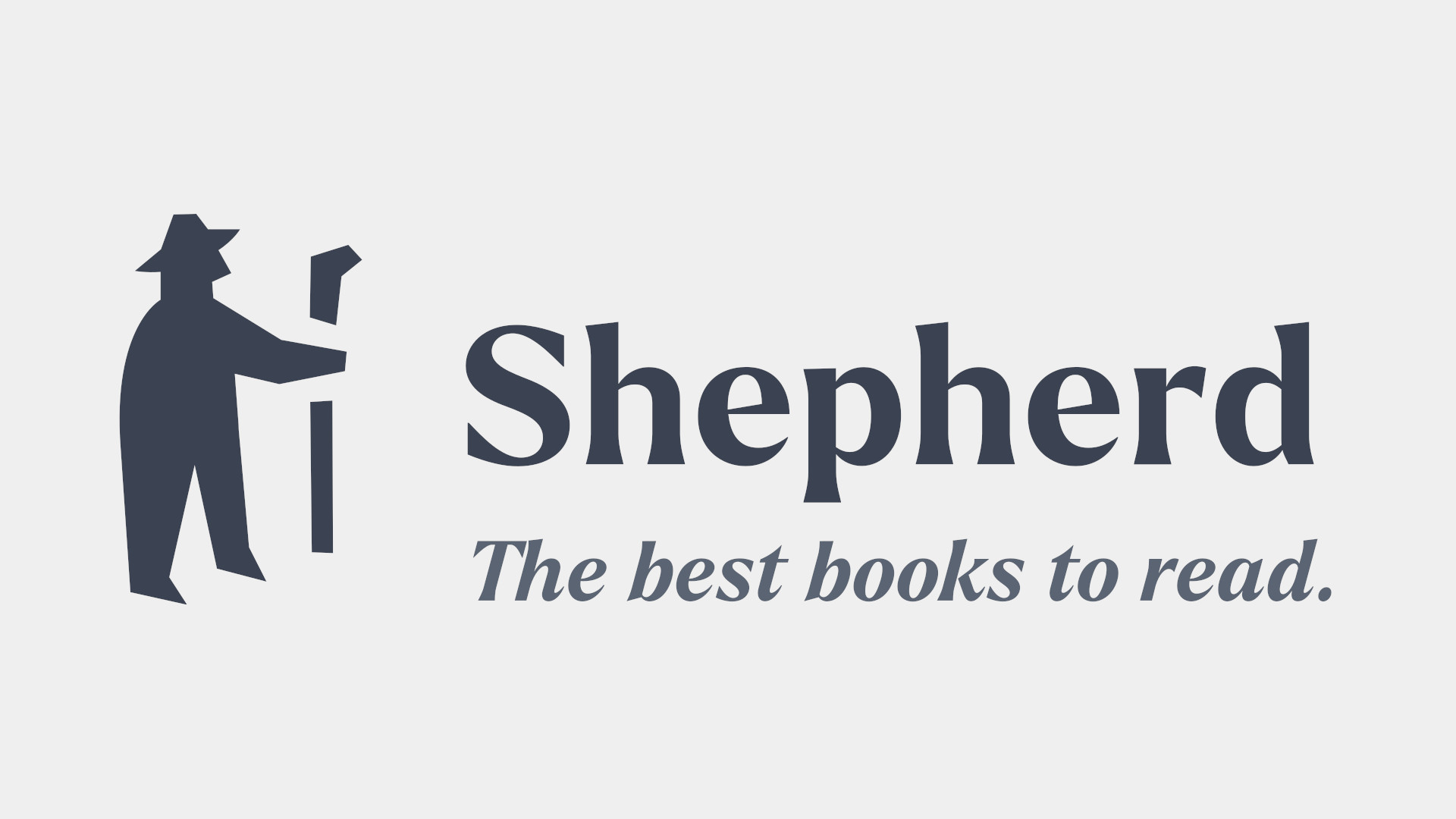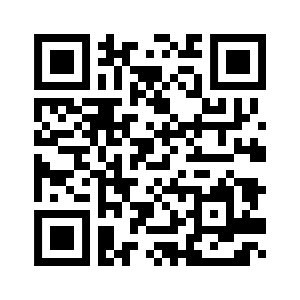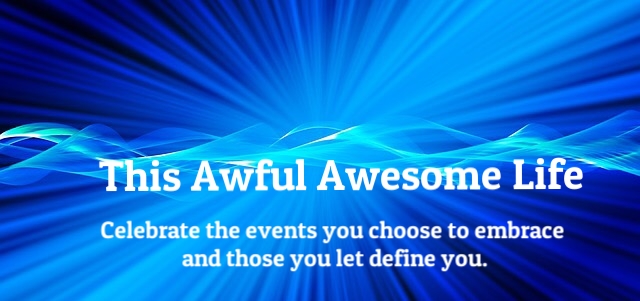AR: What sort of art do you do?
KW: I draw comics and cartoon illustrations. I’ve drawn stories for anthology comic books, and occasional illustrations for children’s books; and I currently draw an adventure webcomic set in the Pulp Era.
AR: What medium(s) do you work in?
KW: I do my base drawings in pencil, and ink them using fine-tip markers. Years ago, I used to use Crow-quill pens and India Ink, but as markers have improved, I’ve found them to be more convenient. Usually, I scan my inked artwork onto my computer and color them digitally.
AR: What does your work aim to say?
KW: There’s a story that comic book artist Will Eisner once met Milt Gross, a legendary cartoonist of the early 20th Century. Eisner was trying to talk to Gross about his ambition to create serious comics and to raise comics to the level of a legitimate art form. Gross was unimpressed. “Comics are vaudeville, kid,” he said, “and don’t you ever forget it.”
I can see both points of view. It’s good to create artwork which expresses important ideas and themes, but my main goal is to tell a story. If the story is a good one, and the characters engaging and well-developed, then readers will be able to find a message if they like.
AR: Who are your biggest influences?
KW: When I was growing up, my Dad had a large collection of POGO books by cartoonist Walt Kelly, which I read over and over. I never learned how to draw like Kelly, but I like to think that his comic strip informed my sense of humor, taught me comedic pacing, and gave me an ear for dialogue. My other big influence in my youth was TINTIN, by the Belgian cartoonist Hergé, who had a clean art style and was superb at mixing exciting action with humor.
I didn’t really get into regular comic books until much later when I was in college. I did pick up a few stylistic traits from Japanese manga and some American comics, but that was more by osmosis than a conscious effort to imitate favorite artists. But even though my own art style looks nothing like either Hergé or Walt Kelly, I think those two creators taught me most of what I know about storytelling.
AR: Do you use a computer to do art with?
KW: Yes, I scan my line art into my computer and do my coloring and lettering digitally. I used to use Photo Shop for this. These days I use Clip Studio. My daughters keep telling me I ought to use a tablet and do my initial drawings digitally too, but I haven’t gotten that skilled yet.
AR: What drives you to create art?
KW: I like telling stories; and the stories that come to me demand to be told.
AR: Are there specific subjects or themes you return to regularly in your art?
KW: I must admit to a fondness for drawing cute girls. I never have outgrown that. I like drawing faces that express a mood, an attitude, a reaction; that reflect the character’s underlying personality. I’m not always that good at drawing action, which is a liability when drawing an adventure comic, but I do try to make my character’s body language expressive.
But overall, I’d say the most persistent theme in my works is humor. My instincts lean towards comedy, and even when trying to do a serious or dramatic story, I’m never far from veering into farce.
AR: How do you define success as an artist?
KW: Walt Kelly once claimed that his purpose in cartooning was “to have fun and make money.” Those seem like laudable goals to me, although I can’t claim to do better than batting .500 on them. To those I would probably add that somehow reaching my audience counts as success too: bringing my reader joy, or perhaps understanding about something, or the satisfaction of a good plot.
AR: What three words describe you?
KW: Untidy, eclectic, whimsical
AR: What is your biggest strength?
KW: Characterization
AR: What is your biggest weakness?
KW: Procrastination
AR: Why is art important?
KW: Art expresses not just facts, but also ideas, emotions and feelings, as well as a perspective that the audience might not get in other ways. And, going back to Milt Gross, sometimes we need a little vaudeville to brighten our lives.
![]()





